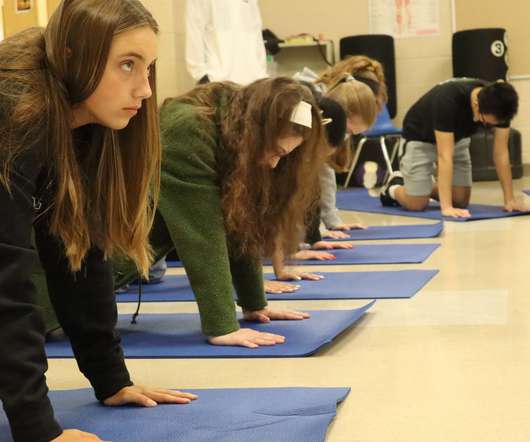The Whole School Model To Physical Education & Activity
PLT4M
SEPTEMBER 16, 2022
And this lack of physical activity doesn’t come without consequences – it impacts everything from students struggling to focus in class to staggering rates of childhood obesity. In the past, we have looked at physical education as the sole solution to addressing physical activity and students’ physical health and well-being.











Let's personalize your content